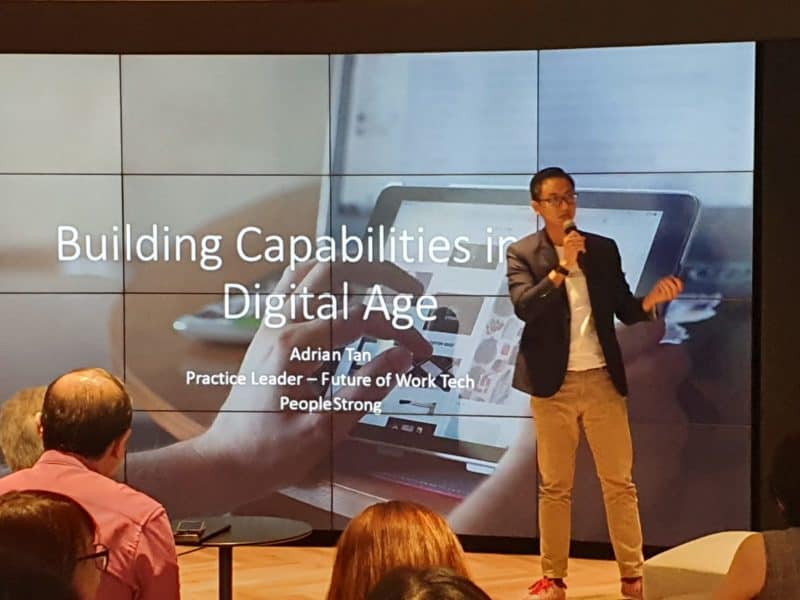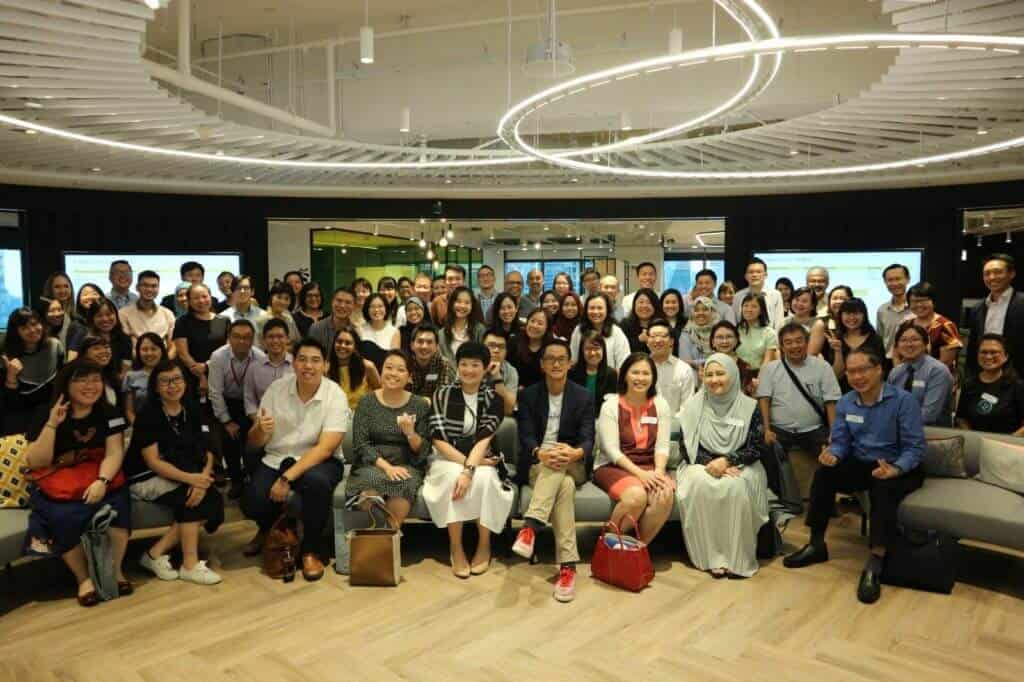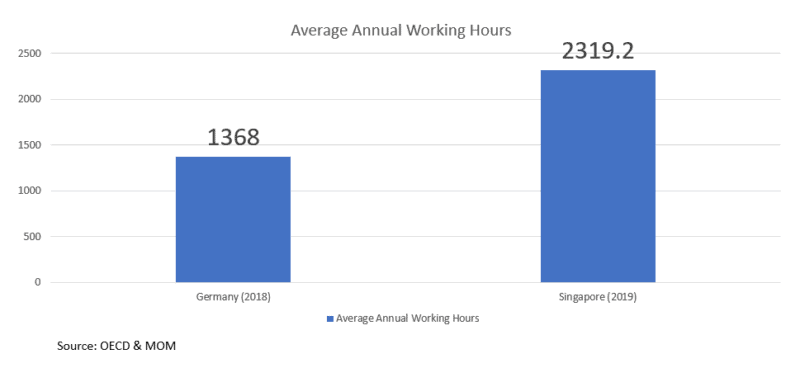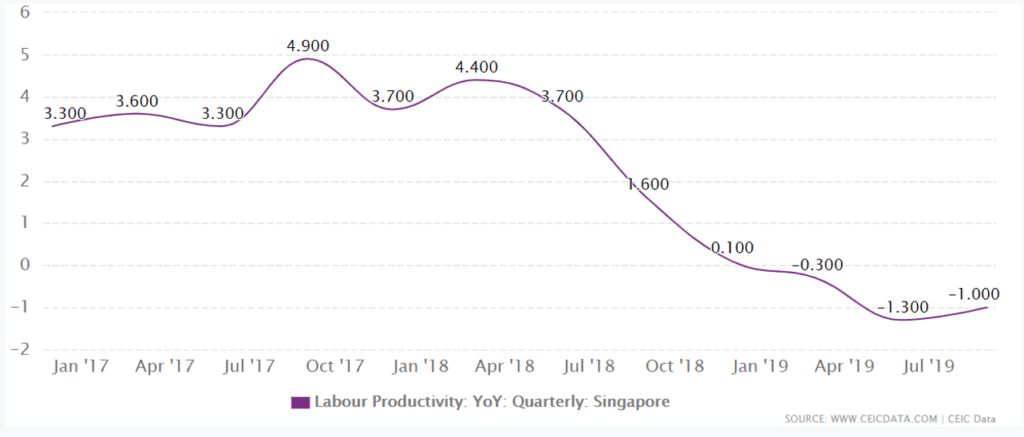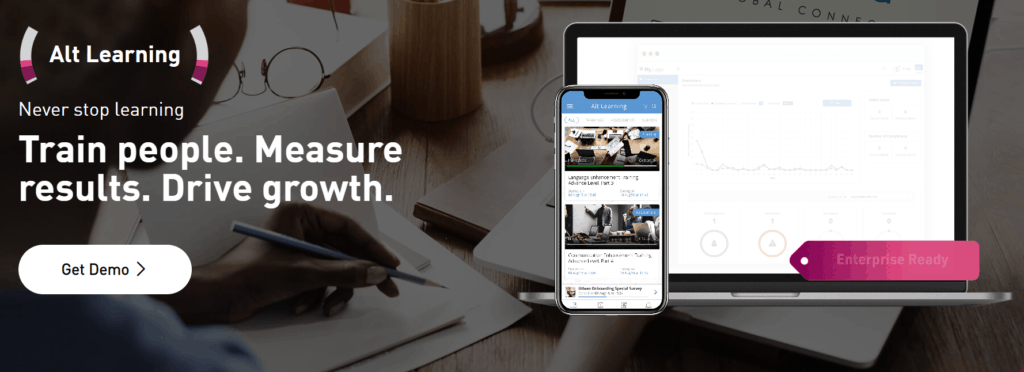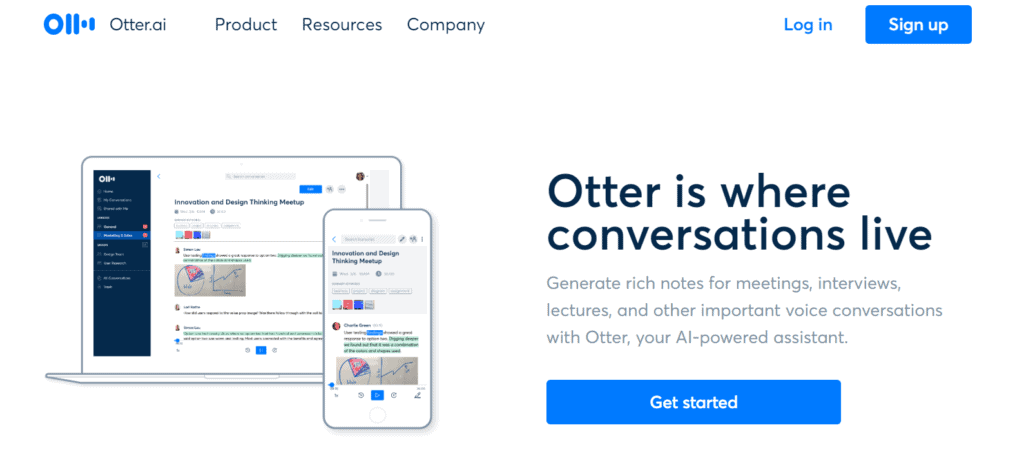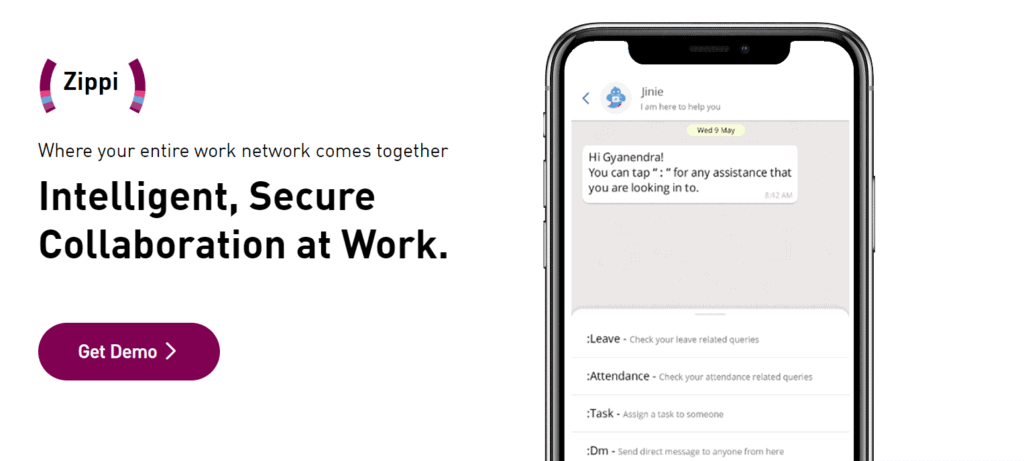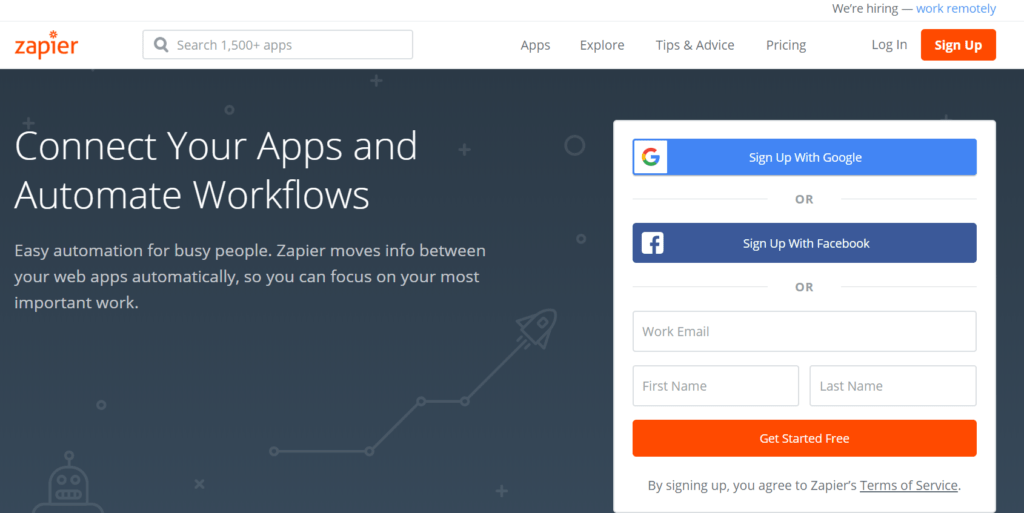If you think getting SMEs to adopt technology is tough, you have not met charities.
Better known as Social Service Agencies (NCSS lingo), Social service agencies are non-profit organisations that provide services to benefit the community.
Having sat on the board of one before, I can understand their resistance.
Surviving on primarily on donors’ dollars, every expenditure has to be weighed and re-weigh before getting three quotes.
Even the larger ones that I spoke with are not exactly leveraging much on technology to do what they are already doing.
I see it as a missed opportunity because so much data and efficiencies are ignored.
NCSS Capability Circles
Fortunately, this is picked up by NCSS and what became was Capability Circles – a series of get-together event to help SSA learn more about how they can easily build better capabilities within their organisation.
In case you don’t already know, The National Council of Social Service (Abbreviation: NCSS) is a statutory board governed by the Ministry of Social and Family Development of the Singapore government.
The organisation is the national coordinating body for Voluntary Welfare Organisations (VWOs) in Singapore.
I was invited to do the keynote for their inaugural event which was held at the amazing EY Wavespace – it is their collaborative workspace + global growth and innovation network, where they bring digital communities together to help organizations explore operating models and emerging technologies that can transform their businesses.
Save time and drive productivity
Do you know that Singaporeans are the 2nd hardest working people in the Asia Pacific? (#1 is KL)
According to data by Instant Offices, Singapore workers put in 44.6 hours per week. Multiply that by 50 weeks, and you are looking at 2,319 hours per year.
Let me give you a comparison.
If we compare that against Germany, we are putting in an extra 951 hours per year (or 79 hour per month)
Now that would be perfectly okay until it isn’t.
Despite the extra hours, our productivity level has dipped.
Going by CEICdata.com, our productivity has dropped into negative over the past few quarters.
In short, more hours (somehow) = reduced productivity.
996 working culture
Does that mean we need to put in even MORE hours to compensate?
That is what the Chinese are doing. In many high growth organisations, they are on the 996 rosters.
Basically you work from 9 am to 9 pm 6 days a week.
Just one notch below complete slavery.
I don’t think either of these is necessary. Primarily because of the advancement in technology.
What tech has brought to the table
In 2018, Alibaba’s AI managed to outguns humans in reading test. You can imagine the kind of application because all chat agents could be replaced by AI.
Instead of being limited to the number of chat agents you can hire, your AI can simultaneously communicate with millions of customers at the same time.
Scale is no longer an issue.
Having said that, it doesn’t mean you need the deep pockets of Alibaba or JP Morgan to make that happen.
Just like you don’t need a Virgin Active membership to get fit. A free Nike Training app would do the trick.
Meet Jenny
Jenny is my persona of a case manager in a Social Service Agency.

In the course of her work, she needs to constantly learn new things and regulatory compliances, take notes during her daily meetings, seek guidance and information from her peers and other administration work.
Here’s how she (and her SSA) can save time:
1. Mobile learning
Instead of paying for expensive half-day workshops (which literally turn into full-day when you add in the commute) that require Jenny to stop all her work and sit in a 4-hours download which she probably could only absorb 10% of, Jenny could be using her mobile phone to do her learning.
A mobile-first Learning Management System like Alt Learning would allow her to complete her training anytime, any day, anywhere.
Because of the ability to do bite-size modules, short assessments could be included to ensure knowledge recall.
Assuming a 2 hours program can replace a full-day disguised as half-day workshop and she has to attend 5 per year, she can save up to 30 hours a year.
2. Voice Notes
Taking notes while talking is not just distracting but it really compromises the quality of the conversation.
Transcribing what you scribble on your notebook also takes up a significant amount of time.
Jenny decided to try out Otter.ai, a voice meeting notes app that can machine transcribe any recorded conversation.
So instead of spending 30 to 45 mins transferring her handwriting onto the computer, she just needs to spend 5 to 10 mins to edit the transcription and summarise it.
If she spends 40 mins over 50 cases per year, she is looking to save 33+ hours.
3. Communication platform
In the course of her work, she may not have all the information at her fingertips.
Going back to HQ would take time and it usually gravitates to email. But email isn’t real-time and waiting time isn’t really productive.
With a communication platform such as Zippi, Jenny can easily and quickly send a real-time message to her colleagues directly or within a group.
If the usual turnaround time on enquiries is around 30 mins and she has 50 of them a year, this could save her up to 25 hours.
4. Workflow automation
Jenny not only need to update a Google Sheets on new contact details at work but she also needs to make sure that the email of those contacts are copied across to Mailchimp so that the SSA can send regular newsletters to them.
Because Google Sheets and Mailchimp are separate apps, duplication of data require her to do a double entry for every new contact record.
Since adopting Zapier, she is able to automate that workflow as Zapier connects Google Sheets and Mailchimp via an API.
With the rule set in place, every new entry/row in Google Sheets get picked up by Zapier and automatically pushed into Mailchimp.
She usually spends five minutes per record on the double-entry and she does about 200 per year.
With Zapier, she saves up to 16 hours per year.
Adding it all up
If you add up all the hours saved, you are looking at 104 hours saved per year.
Remember Singapore employees put in 2,319 hours per year?
If you have 22 employees and each can save 104 hours per year, you gain a new headcount
For free
But I’m afraid of Tech!
I am no fear expert but looking at history, most fears are unfounded.
Take the following example:
In 1565, Swiss scientist Conrad Gessner worried about handheld information devices causing “confusing and harmful”. He was talking about books.
In 1883, medical journal predicted a new trend that would “exhaust the children’s brains and nervous systems with complex and multiple studies, and ruin their bodies by protracted imprisonment.” They were talking about Public Education.
And finally, in 1936, kids were said to have “developed the habit of dividing attention between the humdrum preparation of their school assignments and the compelling excitement of the loudspeaker.”
This is the radio.
[callout]Keen to see my presentation? Here’s the entire deck:
[slideshare id=222327525&doc=ncss-200121035454][/callout]

